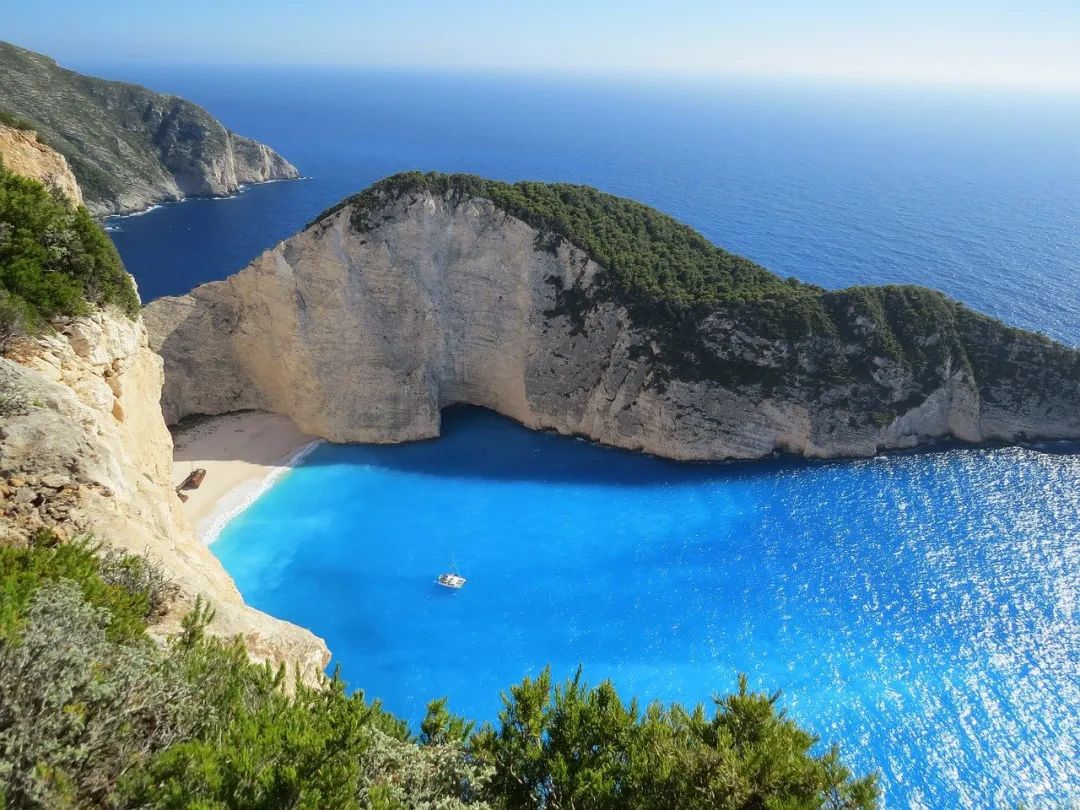2023考研英語閱讀經(jīng)典試題及答案

SAMPLE 20
[物理學(xué)類]
One of the simplest and best known kinds of crystal is the ionic salt, of which a typical example is sodium chloride, or ordinary table salt. The fundamental components of an ionic salt are ions: atoms or molecules that have become electrically charged by gaining or losing one more electrons. In forming sodium chloride, for example, sodium atoms give up an electron and chlorine atoms gain an electron . The ions are attracted to one another by their opposite charges, and they stack together compactly, like tightly packed spheres.
Recently, scientists at Michigan State University created a new kind of crystal called an electride. In electrides, the anions are completely replaced by electrons, which are trapped in naturally formed cavities within a framework of regularly stacked cations . Electrides are the first examples of ionic salts in which all these anionic sites are occupied solely by electrons.
Unlike other types of anions, anionic electrons do not behave as if they were simple charged spheres. In particular, because of their low mass and their tendency to interact with one another over great distances, they cannot be pinned down to any one location. Instead, they wander close to and among the atoms lining the cavity and interact with electrons in nearby cavities, perhaps changing places with them.
The properties of an electride depend largely on the distance between the cavities that hold trapped electrons. When the trapped electrons are far apart, they do not interact strongly, and so behave somewhat like an array of isolated negative charges. When they are closer together, they begin to display properties associated with large ensembles of identical particles. When they are still closer, the ensemble properties dominate and the electrons delocalize: they are no longer tightly bound within individual cavities but are more or less free to pass through the spaces within the framework of positive ions.
By synthesizing electrides from a variety of materials, one can vary the geometry of the anionic cavities and their relation to the surrounding cations. The resulting properties may make it possible for electrides to become a basis for economically useful new materials and devices. For instance, because the electrons in some electrides are very weakly bound, these crystals could be effective as photosensitive detectors, in which an impinging photon liberates an electron, resulting in a small electric current. The same weak binding could also make electrides useful in solar energy converters and as cathodes in batteries. One obstacle is the tendency of electrides to decompose through reaction with air and water. Researchers are seeking ways to increase their stability.
1. The text is primarily concerned with discussing
[A] a way to isolate electrons.
[B] the characteristics of a new kind of crystal.
[C] the structure of an ionic salt.
[D] commercial uses for electrides.
2. In the first paragraph, the author is primarily concerned with
[A] introducing a variant on the standard atomic theory.
[B] describing how chlorine atoms can become negatively charged.
[C] describing some early research at Michigan State University.
[D] providing background for the technical discussion to follow.
3. According to the text, the defining characteristic of an electride is which of the following?
[A] Its positive are of particularly low mass.
[B] Its ions possess identical electrical charges.
[C] It contains a framework of regularly stacked ions.
[D] Its negative ions consist solely of electrons.
4. It can be inferred from the text that anions behaving as simple charged spheres could be expected to
[A] readily lose electrons and become positively charged.
[B] move freely in and out of their cavities.
[C] respond to photons by liberating electrons.
[D] remain fixed relative to their cations.
5. With which of the following statements regarding electrides would the author most likely agree?
[A] They have proven themselves to be of great commercial value.
[B] Their future commercial value is promising but uncertain.
[C] They are interesting but of no practical value.
[D] They have commercial value mainly in solar energy applications.
SAMPLE 20
[物理學(xué)類]
One of the simplest and best known kinds of crystal is the ionic salt, of which a typical example is sodium chloride, or ordinary table salt. The fundamental components of an ionic salt are ions: atoms or molecules that have become electrically charged by gaining or losing one more electrons. In forming sodium chloride, for example, sodium atoms give up an electron and chlorine atoms gain an electron . The ions are attracted to one another by their opposite charges, and they stack together compactly, like tightly packed spheres.
Recently, scientists at Michigan State University created a new kind of crystal called an electride. In electrides, the anions are completely replaced by electrons, which are trapped in naturally formed cavities within a framework of regularly stacked cations . Electrides are the first examples of ionic salts in which all these anionic sites are occupied solely by electrons.
Unlike other types of anions, anionic electrons do not behave as if they were simple charged spheres. In particular, because of their low mass and their tendency to interact with one another over great distances, they cannot be pinned down to any one location. Instead, they wander close to and among the atoms lining the cavity and interact with electrons in nearby cavities, perhaps changing places with them.
The properties of an electride depend largely on the distance between the cavities that hold trapped electrons. When the trapped electrons are far apart, they do not interact strongly, and so behave somewhat like an array of isolated negative charges. When they are closer together, they begin to display properties associated with large ensembles of identical particles. When they are still closer, the ensemble properties dominate and the electrons delocalize: they are no longer tightly bound within individual cavities but are more or less free to pass through the spaces within the framework of positive ions.
By synthesizing electrides from a variety of materials, one can vary the geometry of the anionic cavities and their relation to the surrounding cations. The resulting properties may make it possible for electrides to become a basis for economically useful new materials and devices. For instance, because the electrons in some electrides are very weakly bound, these crystals could be effective as photosensitive detectors, in which an impinging photon liberates an electron, resulting in a small electric current. The same weak binding could also make electrides useful in solar energy converters and as cathodes in batteries. One obstacle is the tendency of electrides to decompose through reaction with air and water. Researchers are seeking ways to increase their stability.
1. The text is primarily concerned with discussing
[A] a way to isolate electrons.
[B] the characteristics of a new kind of crystal.
[C] the structure of an ionic salt.
[D] commercial uses for electrides.
2. In the first paragraph, the author is primarily concerned with
[A] introducing a variant on the standard atomic theory.
[B] describing how chlorine atoms can become negatively charged.
[C] describing some early research at Michigan State University.
[D] providing background for the technical discussion to follow.
3. According to the text, the defining characteristic of an electride is which of the following?
[A] Its positive are of particularly low mass.
[B] Its ions possess identical electrical charges.
[C] It contains a framework of regularly stacked ions.
[D] Its negative ions consist solely of electrons.
4. It can be inferred from the text that anions behaving as simple charged spheres could be expected to
[A] readily lose electrons and become positively charged.
[B] move freely in and out of their cavities.
[C] respond to photons by liberating electrons.
[D] remain fixed relative to their cations.
5. With which of the following statements regarding electrides would the author most likely agree?
[A] They have proven themselves to be of great commercial value.
[B] Their future commercial value is promising but uncertain.
[C] They are interesting but of no practical value.
[D] They have commercial value mainly in solar energy applications.









